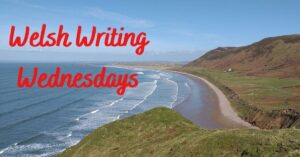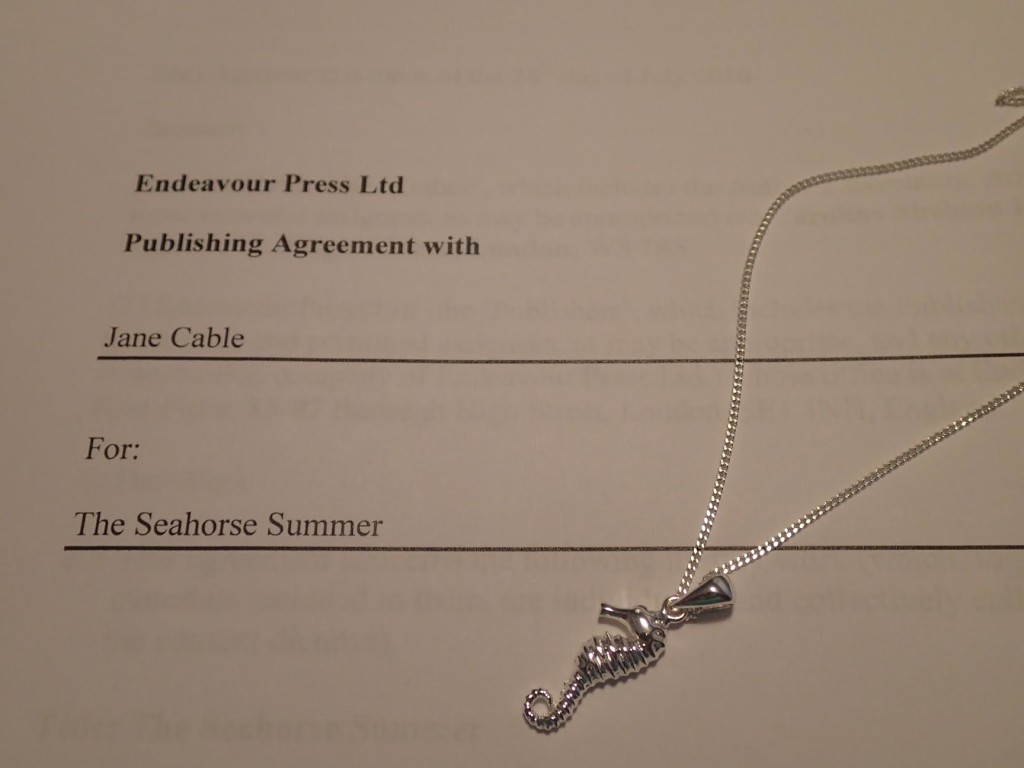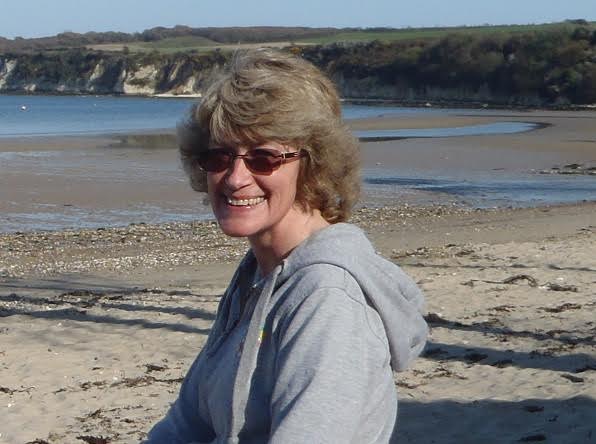You’ve probably noticed that many romance novels and some crime stories are set in picturesque locations in the British Isles – Scotland and Cornwall are particular favourites.You don’t get books set in Wales quite so often, although dramas like The Pembrokeshire Murders are putting Welsh settings on the screen.
I’m a Welsh writer, living on the South Wales coast, who once worked for the National Parks. That’s a lot of baggage. I’ve set books in Wales in the past and am ambitious to do more. I write in the genre romantic suspense, which is better known in the USA, less so on this side of the Atlantic. If you’ve read books by Nora Roberts, Karen Rose or Karen Robards you’ll have an idea of what I am talking about. Those books are set in places like Sacramento, Washington and New Orleans, or sometimes in the American farmlands or backwoods.
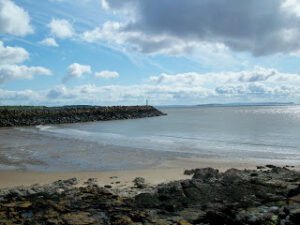 It’s not so much the Welsh urban settings that appeal to me – although I’m sure that Cardiff and Llandudno can be interesting locations, if not sounding quite as glamorous as New York or Los Angeles. The attraction of Wales for me is the potential of the rural and coastal landscape, and the way that it can be turned in two directions. Wales is blessed with mountains, big skies for cloud watching and star gazing, and a beautiful and dramatic coastline, accessible from a coastal path that circles the entire country.
It’s not so much the Welsh urban settings that appeal to me – although I’m sure that Cardiff and Llandudno can be interesting locations, if not sounding quite as glamorous as New York or Los Angeles. The attraction of Wales for me is the potential of the rural and coastal landscape, and the way that it can be turned in two directions. Wales is blessed with mountains, big skies for cloud watching and star gazing, and a beautiful and dramatic coastline, accessible from a coastal path that circles the entire country.
Is there anything more romantic than a deserted beach at sunset on a warm summer evening? A place for lovers to discover each other. But give the story a twist – the same beach in winter, or at night, with a storm blowing, and you have the backdrop for mayhem. A seaside or country cottage can be an idyllic bolt hole from the world or a deserted and lonely trap, with a heroine on the run. Writers think about these things. I’m often told that taking a walk with an author who is sizing up the surroundings for a good place to bury a body is a disconcerting experience. You get the picture.
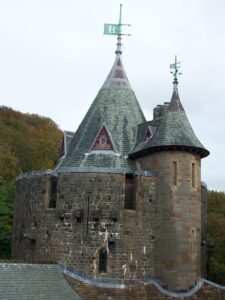 The historic legacy of Wales, from castles to folklore, is another attraction. Welsh castles range from Castell Coch, a quirky Victorian Gothic Revival built on thirteenth century foundations, to massive medieval fortifications like Caerphilly, which were anything but quirky. The myths and legends of Wales are rich in magic and the supernatural. Traditional customs, like the Mari Lwyd, a poetic wassailing party featuring a horse’s skull, have plenty to tingle the spine.
The historic legacy of Wales, from castles to folklore, is another attraction. Welsh castles range from Castell Coch, a quirky Victorian Gothic Revival built on thirteenth century foundations, to massive medieval fortifications like Caerphilly, which were anything but quirky. The myths and legends of Wales are rich in magic and the supernatural. Traditional customs, like the Mari Lwyd, a poetic wassailing party featuring a horse’s skull, have plenty to tingle the spine.
There is also the attraction of the natural world. One of the perks of being an author is the ability to make your own weather, and Wales has plenty of that to choose from. If you need a fierce storm to strand your hero and heroine together, you’ve got it. Two of the things I like to play with as a writer are the impact of silence and writing against expectation of the setting. The silence of a lonely location can be peaceful or sinister, or even better, progress from one to the other. A setting can echo a character’s mood – like a wet day reflecting bad news, but it can be very effective when bad things happen in good places. Being surrounded by beauty and sunshine can make a threat even more devastating.
Those are the things I get from setting a book in my home country. For me the landscape has romantic beauty and a wild and potentially sinister edge. As a Welsh writer, I want to be able to share that with readers.

